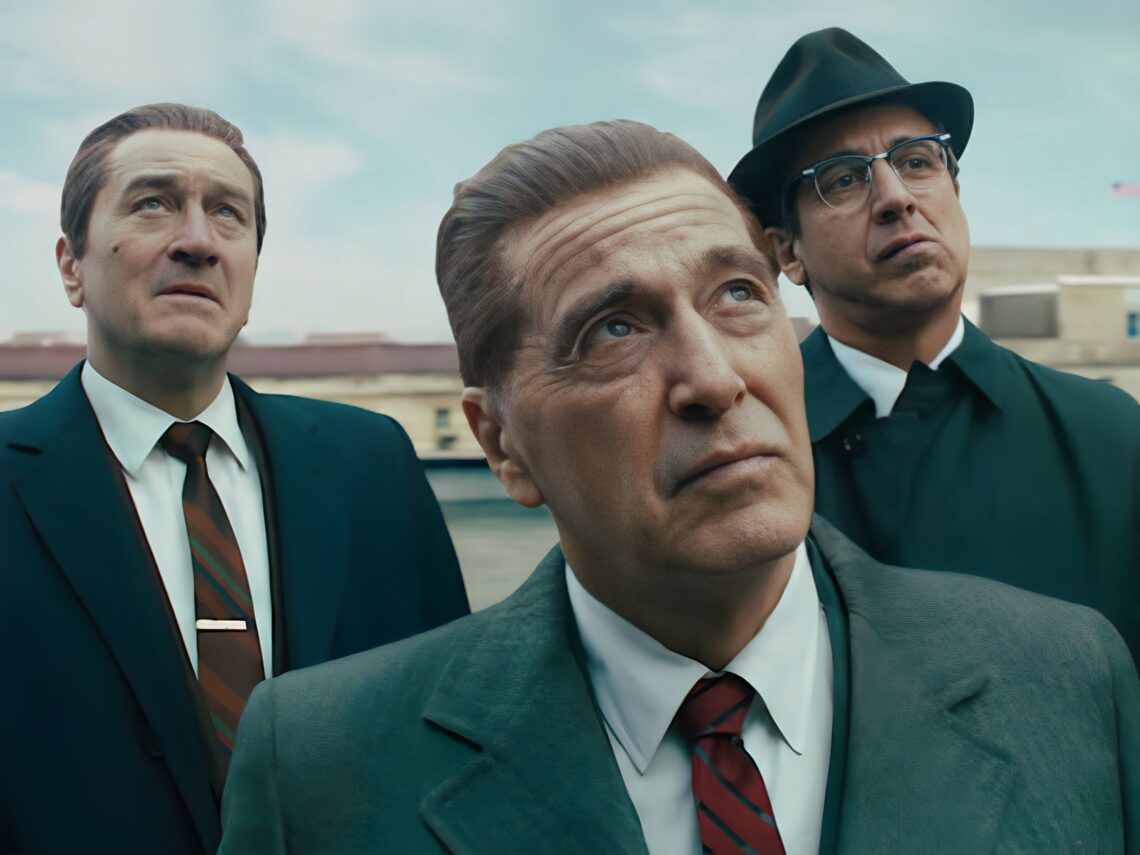
The five most cinematic movies to watch on Netflix right now
Not every movie is meant to be just watched. Some are meant to be experienced, felt in the gut, heard in stillness, and seen like paintings that move. These are the films that do more than tell a story. They create a world where the visuals, sound, and space do as much heavy lifting as the script. Luckily, Netflix has more of these than people give it credit for.
In between algorithm-chasing thrillers and feel-good comedies, there sits a quiet catalogue. It contains those films that feel like they were made for the big screen. They are deliberate, moody, sometimes slow, but always precise, where you have to pause the screen, not to skip but to take it all in. These films have the kind of stories and frames that linger in your mind long after the credits.
Some are historical, some are deeply personal, some blur the lines between memory and dream; what connects them is the level of craft. Directors like Andrew Dominik, Alfonso Cuarón, and Martin Scorsese do not just make movies; they carefully craft them, frame by frame.
So, if you are in the mood for a cinema that respects your attention span and rewards your patience, start here. These five Netflix titles are immersive, ambitious, and just flat-out stunning to look at.
Here are the five most cinematic movies to watch on Netflix
Blonde (Andrew Dominik, 2022)
Few films in recent years have divided critics and viewers like Blonde. Whether you found it exploitative of Marilyn Monroe’s legacy or experimental, one thing is certain: it is visually mesmerising. Andrew Dominik’s loose adaptation of Joyce Carol Oates’ novel isn’t a straightforward biopic. It is more of a fever dream stitched together with light and shadow, with surreal black-and-white shifts to explosive colour bursts, and every frame feels haunted.
Ana de Armas transforms into Marilyn, not just in appearance but in presence as well. The camera is never just observing her, it is chasing her pain, her silence, and her spirals. The film is slow, relentless, and intentionally disorienting, which means you’ll definitely have a strong opinion about it, and no matter what that is, you will remember what it looked like.
The Irishman (Martin Scorsese, 2019)
At over three hours long, The Irishman is not a quick watch, but it is not meant to be. Scorsese’s epic about mobsters, loyalty, and loneliness is a slow-burning eulogy to a life lived in shadows. It is not flashy like Goodfellas, but is a quieter, colder, and visually patient venture with long takes, muted colours and stillness that stretches. You can tell it’s a director in his later years, with a new lens on the exploration of a topic he’s well known for making his own.
What stands out is the composition: men in suits framed like paintings, corridors that feel endless, and silences that scream. It is less about crime and more about the aftermath of the action, the consequences, where the weight of a lifetime sits heavy in every frame.
Roma (Alfonso Cuarón, 2018)
Shot in crisp black-and-white and deeply personal in tone, Roma is a cinematic memoir that never begs for attention; it earns it. Cuarón draws on his childhood in 1970s Mexico City, and every scene feels like it has been carved out of the pages of a diary. The camera glides through everyday chaos, capturing small domestic moments carrying the weight of its historical context.
There is a humility in how Roma moves. No sweeping score and no dramatic punchlines, just quiet mastery unfolding deliciously. You can feel the dust on the street, the hush before a protest, and the ache of a love unspoken. It’s restrained, and it will break your heart slowly.
The Two Popes (Fernando Meirelles, 2019)
On paper, a movie about two elderly men debating theology should not feel cinematic or even captivating by any stretch. But The Two Popes turns the halls of the Vatican and private gardens into intimate arenas of debate. Anthony Hopkins and Jonathan Pryce deliver performances that are equal parts theatrical and deeply human. And the way Meirelles frames them, often in static, painterly shots, lends the film an almost sacred stillness.
The movie balances modernity with tradition, showing the inner world of the papacy through the features of architecture, light, and silence. Even in its quietest moments, it feels grand, not because of the obvious spectacle around, but because of the presence of the characters and their innate reverence. It is cinema in the form of a quiet conversation.
The King (David Michôd, 2019)
If gritty battlefields, political paranoia, and long shadows are your thing, The King has it all. Timothée Chalamet’s turn as a reluctant Henry V is understated but strong. The film leans heavily into realism, with no buff knights, glossy armour or theatrical speeches. Just mud, metal, and murky power plays.
What makes it cinematic is its sense of scale. Sweeping drone shots over grey landscapes, tight interiors lit like Renaissance paintings, the camera knows when to breathe and when to stay still. And in that balance, it captures a king not in glory but in weight, with the heft of every scene being felt as they slowly settle in.